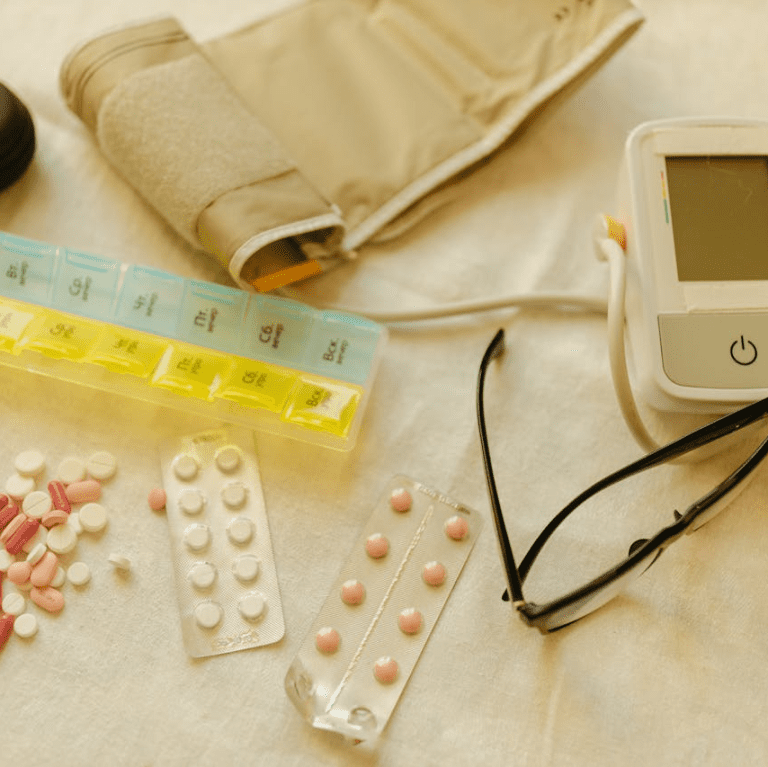Key Takeaways
-
Understanding how Medicare works in a crisis is just as critical as having coverage itself. Knowing what is and isn’t covered can impact both your treatment options and financial stability.
-
Gaps in Medicare—such as long-term care, prescription drugs, and out-of-pocket costs—can lead to significant expenses during a health crisis unless you’ve planned ahead.
When Every Decision Matters: Why Coverage Alone Isn’t Enough
In a medical crisis, time is precious, but so is clarity. It’s easy to assume that Medicare will automatically protect you from high medical bills and help you navigate all aspects of your care. But the truth is, Medicare is only part of the story. If you haven’t looked deeper into what it actually covers—and where it falls short—you might find yourself making hard choices at the worst possible time.
Understanding Medicare in 2025 means going beyond enrollment and premiums. You need to know how it functions during unexpected health emergencies, prolonged illness, and aftercare situations. This is where the difference between informed planning and blind hope becomes clear.
What Original Medicare Covers—and What It Leaves Out
Original Medicare includes Part A (hospital insurance) and Part B (medical insurance). In a crisis, these two parts can offer essential services, but they also come with significant limitations.
Part A: Hospital Coverage
Part A typically covers:
-
Inpatient hospital stays
-
Skilled nursing facility care (after a qualifying hospital stay)
-
Some home health care
What’s not covered:
-
Long-term care (custodial care)
-
Extended stays in nursing homes beyond 100 days
-
Personal care assistance not tied to medical treatment
In 2025, the Part A deductible is $1,676 per benefit period, and coinsurance applies after day 60 in a hospital stay or after day 20 in a skilled nursing facility.
Part B: Medical Coverage
Part B covers:
-
Doctor visits
-
Outpatient care
-
Preventive services
-
Durable medical equipment
What’s not covered:
-
Prescription drugs (unless administered in a clinical setting)
-
Vision, dental, and hearing services
-
Long-term in-home care
You pay a monthly premium (standard is $185 in 2025), plus 20% of the Medicare-approved amount for most services after meeting the annual deductible of $257.
The Missing Layer: Prescription Drug Coverage
One of the most misunderstood aspects of Medicare is drug coverage. Original Medicare does not include prescription drug benefits. For that, you need a separate Part D plan.
Even with Part D, you may face challenges:
-
Formularies (list of covered drugs) vary by plan
-
Prior authorizations and quantity limits can delay treatment
-
Out-of-pocket costs up to $2,000 annually, even after catastrophic coverage kicks in
In a medical crisis, if your prescribed drug isn’t on your plan’s list, you could pay the full cost or delay treatment while switching plans—which you can only do during specific times of year.
Out-of-Pocket Costs Add Up—Fast
In 2025, Medicare has no out-of-pocket maximum for Original Medicare alone. That means:
-
20% of every outpatient bill adds up
-
Copayments for hospital or skilled nursing stays accumulate quickly
-
Medically necessary ambulance rides, durable medical equipment, and follow-up visits all trigger cost-sharing
Many people assume Medicare works like employer insurance. It doesn’t. Without an additional policy to cap expenses, one serious illness or accident can lead to tens of thousands of dollars in bills.
Long-Term Care Isn’t Part of the Package
Another major gap appears if your condition requires extended help with daily activities such as bathing, dressing, or feeding. Medicare only covers short-term skilled nursing under specific conditions.
What you may need—but must pay for separately:
-
Assisted living facilities
-
Home health aides for non-medical care
-
Adult day care services
Given that the median monthly cost for a home health aide exceeds $5,000 in many parts of the U.S., this is one of the most financially devastating exclusions during a health crisis.
Timing and Access: The Role of Enrollment Periods
Crises don’t wait for enrollment windows. But Medicare does. This can be a harsh reality if you need to:
-
Enroll in Part D to get drug coverage
-
Switch to a Medicare Advantage plan for extra benefits
-
Add a Medigap policy to reduce out-of-pocket exposure
Unless you qualify for a Special Enrollment Period (SEP), your next opportunity may be during the Annual Enrollment Period (October 15 to December 7), or the Medicare Advantage Open Enrollment Period (January 1 to March 31).
In the meantime, you may have to pay out-of-pocket for services not covered under your current plan.
The Emotional Cost of Incomplete Coverage
When a health crisis strikes, you or your loved ones are already under pressure. Every phone call, billing statement, or denied claim can feel like a setback. Unfortunately, inadequate Medicare planning often adds confusion, delays, and financial stress at the very moment you’re trying to focus on healing.
Questions that come up when coverage gaps exist:
-
Is that rehab facility covered?
-
Can I get a second opinion from a specialist?
-
Who’s going to help me with meals or transportation after discharge?
-
How much will I owe by the end of this month?
If these questions remain unanswered until the crisis occurs, it can have lasting emotional and financial effects.
Supplementing Your Coverage: What Options Exist?
To address Medicare’s gaps, many turn to supplemental coverage. While you cannot buy a private plan during a health crisis unless eligible for an SEP, planning in advance gives you several tools to reduce financial exposure:
-
Medicare Supplement (Medigap): Helps pay for coinsurance, copayments, and deductibles
-
Part D Plans: Provide drug coverage beyond Original Medicare
-
Medicare Advantage Plans: Offer additional benefits, such as vision and hearing, and may include drug coverage
It’s important to note that coverage, availability, and costs vary by zip code and timing. You need to review these options annually to ensure they still meet your needs—especially if your health status changes.
5 Steps You Can Take Today to Prepare for the Unexpected
-
Review Your Current Medicare Coverage
Go beyond your ID card. Know exactly what’s included, what’s not, and how much you could owe in a health crisis. -
Check for Drug Coverage Gaps
Make sure your medications are on your plan’s formulary. If not, explore alternatives or speak to a licensed agent for other options. -
Understand Special Enrollment Period Rules
Learn when you might qualify for mid-year plan changes due to life events like moving, losing coverage, or being diagnosed with certain conditions. -
Evaluate Supplemental Coverage Needs
Don’t wait until a crisis to wonder how you’ll pay your coinsurance. Evaluate Medigap or Advantage plans during your eligible enrollment windows. -
Talk With a Licensed Agent
Medicare is complex. Having someone walk you through your options—especially in relation to your personal health history and goals—can make all the difference.
Planning for Peace of Mind in a Medical Emergency
When you understand what Medicare covers—and what it doesn’t—you’re better prepared to make informed decisions during a crisis. You don’t want to be learning about deductibles, drug tiers, or out-of-pocket limits while you or a loved one is facing a serious diagnosis.
Now is the time to assess your readiness and take the steps that give you greater control and confidence.
For personalized guidance on how to prepare for medical emergencies under Medicare, speak with a licensed agent listed on this website. It could be the most important conversation you have this year.










